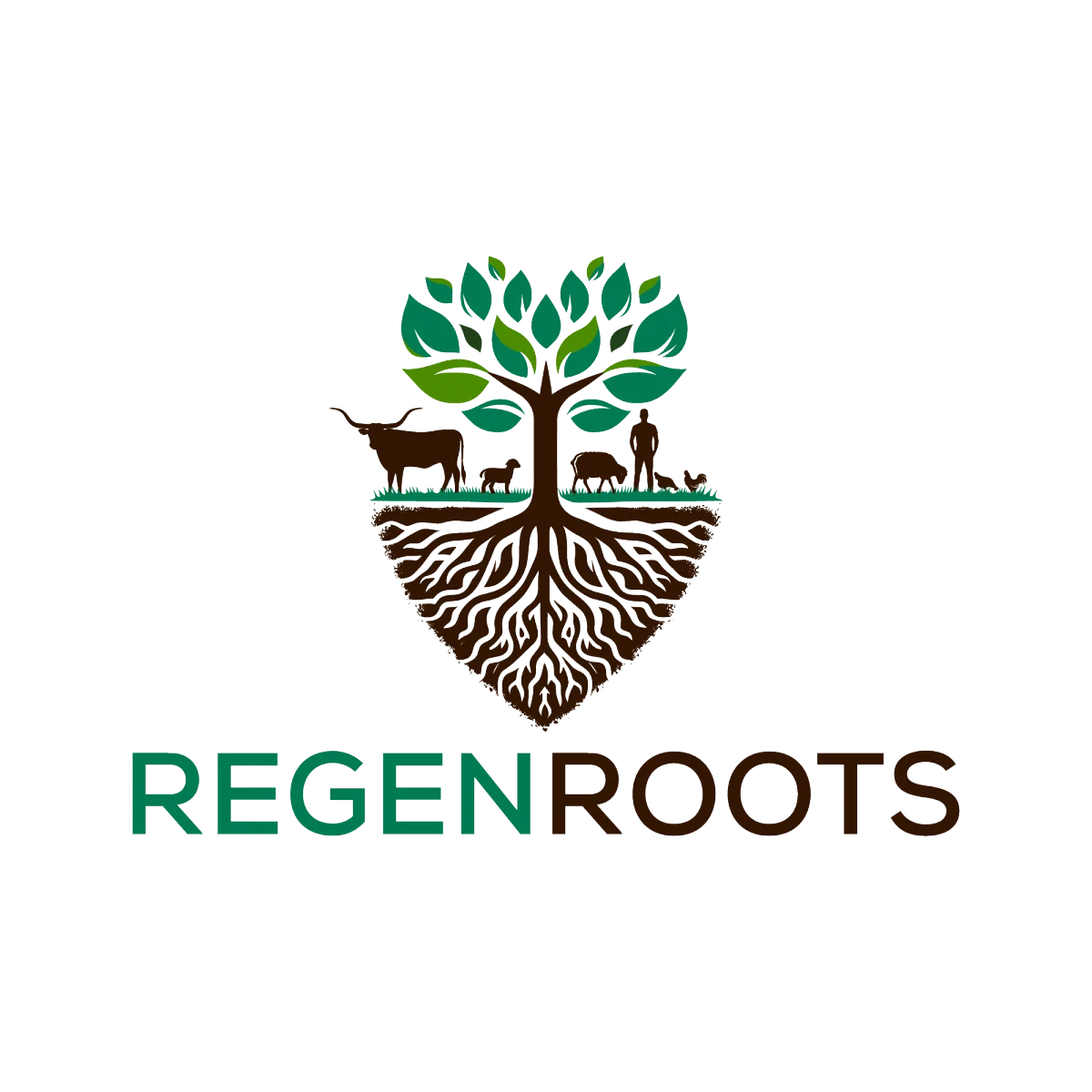
WARNING: TRADITIONAL FARMING METHODS ARE NOT SUSTAINABLE!
LEARN HOW TO REVITALIZE YOUR HEALTH AND THE EARTH THROUGH REGENERATIVE FARMING!
Regenerative Farming 101
Join Our Regenerative Farming 101 Course to Start Your Journey Towards Eco-friendly Agriculture!
WHAT IS REGENERATIVE FARMING?
Regenerative farming is a progressive approach to agriculture that goes beyond merely sustaining the environment—it aims to actively improve and revitalize the soil, biodiversity, and ecosystem. This holistic method focuses on techniques that regenerate the soil, increase biodiversity, enhance the water cycle, and strengthen the health and resilience of the farming ecosystem.
Conventional agriculture often relies heavily on chemical inputs like synthetic fertilizers and pesticides, monocultures, and intensive tillage—all of which can degrade soil health, reduce biodiversity, and contribute to a range of environmental issues, including erosion, water scarcity, and pollution. This method typically focuses on maximizing short-term yields at the expense of long-term sustainability.

BENEFITS OF REGENERATIVE FARMING
Regenerative Farming
Improves soil structure and fertility through practices like cover cropping and reduced tillage.
Enhances biodiversity with diverse crops and integration of livestock, which supports natural ecosystems.
Increases soil water retention, reducing irrigation needs and enhancing drought resistance.
Reduces carbon footprint by sequestering more carbon in the soil through organic practices.
Focuses on long-term sustainability, enhancing land productivity and environmental health over time.
Minimizes or eliminates the use of synthetic chemicals, relying instead on natural processes.
Economically beneficial over the long term due to reduced input costs and higher premium product prices.
Higher nutritional value and lower chemical residues.
More resilient to environmental challenges due to healthier ecosystems and adaptive practices.
Traditional Farming
Often degrades soil due to heavy use of chemical fertilizers and intensive tillage.
Reduces biodiversity due to monoculture practices and the extensive use of pesticides.
Higher water usage and greater susceptibility to drought due to compacted, unhealthy soil.
Contributes to greenhouse gas emissions through the use of fossil fuel-based inputs and soil degradation.
Prioritizes short-term yield maximization, often at the expense of long-term soil and environmental health.
Relies heavily on synthetic chemicals (pesticides, herbicides, fertilizers) for crop production.
Initially less costly in terms of inputs but will lead to increased costs over time due to soil degradation and resistance to pesticides.
Consistent and controlled crop output, but may contain higher residues of chemical inputs.
Less resilient to pests and climate variations without chemical inputs and with weakened natural defenses.
FREQUENTLY ASKED QUESTIONS
What is regenerative farming?
Regenerative farming focuses on improving and revitalizing the soil and entire ecosystems. It goes beyond organic by not only avoiding chemicals but also using practices designed to restore soil health, such as crop rotations, cover cropping, and minimal soil disturbance.
What are the environmental benefits of regenerative agriculture?
Regenerative farming helps combat climate change by sequestering carbon in the soil, improves biodiversity, conserves water, and restores the health of the land, leading to more resilient ecosystems.
How does regenerative agriculture affect crop yields?
While regenerative practices might initially result in variable yields, over time they lead to healthier soils that can produce more robust and resilient crop outputs, improving food security.
Are there financial benefits to adopting regenerative agriculture practices?
Yes, by reducing dependency on chemical inputs and improving soil health, regenerative farming can reduce costs and increase farm profitability over time. Additionally, products from regenerative farms may fetch a premium in markets that value sustainability.
What are the first steps to converting to regenerative farming?
Starting with soil tests to understand current conditions, integrating cover crops, reducing tillage, and gradually incorporating livestock for integrated crop-livestock systems are common first steps. If you enroll in our Regenerative Farming 101 Course, we'll show you exactly how to get started with regenerative farming.
What are the main obstacles to adopting regenerative practices?
Transition challenges include the initial decrease in yields, the learning curve associated with new techniques, and the need for more labor or changes in farm infrastructure.
Can regenerative agriculture help in water conservation?
Yes, practices like cover cropping and increased organic matter improve soil structure and water infiltration, reducing runoff and enhancing water conservation.